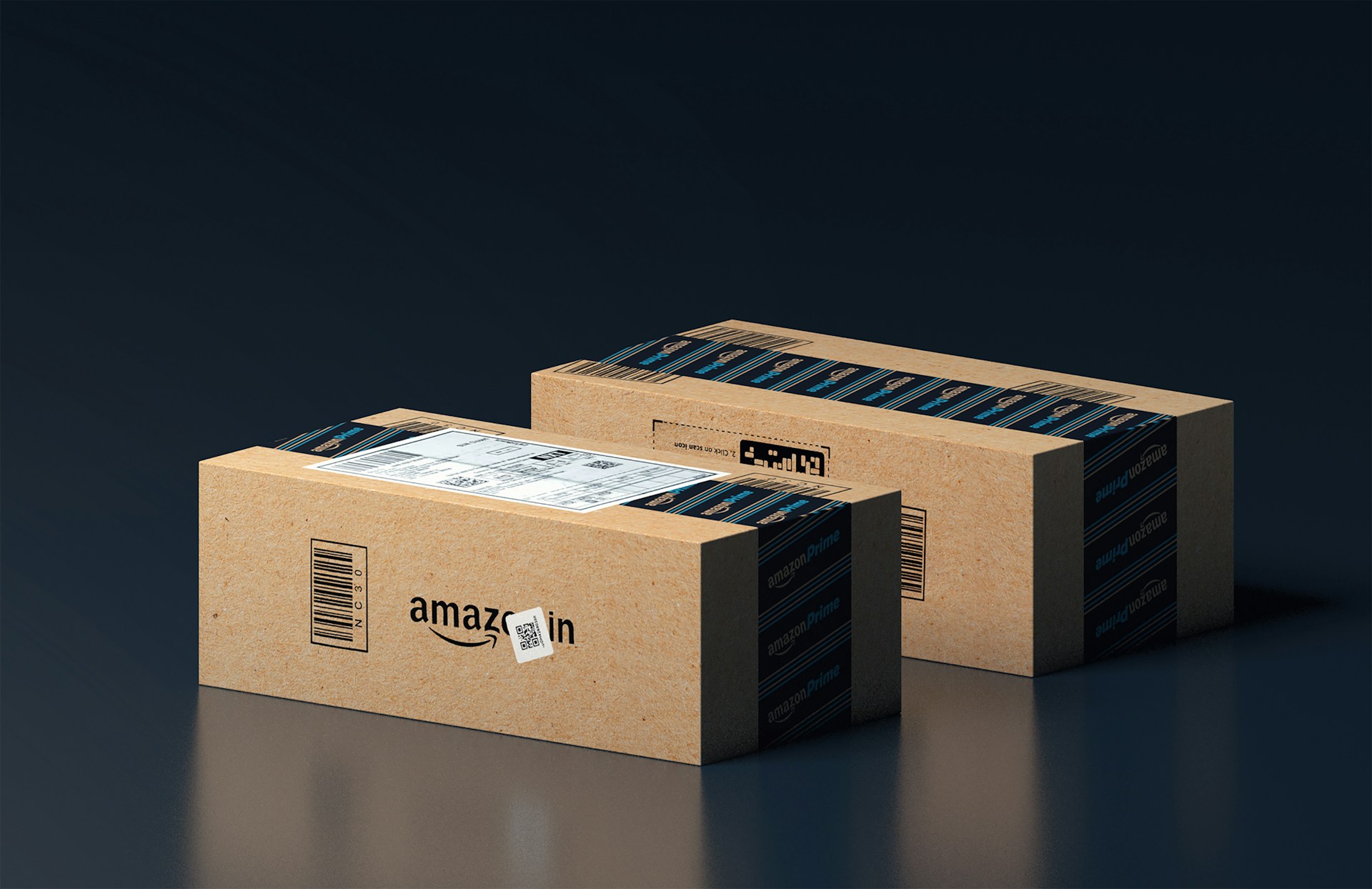Amazon recently made headlines by canceling its planned acquisition of iRobot, a smart vacuum manufacturer. The decision to terminate the $1.7 billion deal, which was initially announced on August 4, 2022, was portrayed as a mutual agreement between Amazon and iRobot. Both companies expressed disappointment in separate statements, citing regulatory hurdles as a significant factor.
It was reported that the European Union had intentions to block the acquisition on competition grounds, leading to the decision to scuttle the deal. David Zapolsky, Amazon’s Senior Vice President and General Counsel, criticized the regulatory obstacles, stating that such hurdles discourage entrepreneurs and hinder both consumers and healthy competition.
Following the termination of the deal, iRobot faced a substantial setback, leading to the announcement of job cuts and a restructuring plan. The company witnessed a decline in sales, and the restructuring initiative aimed to eliminate 31% of its staff, resulting in 350 job cuts. Unsurprisingly, this news had a negative impact on iRobot’s stock value.
In addition to the iRobot deal fallout, January 29 marked the introduction of advertisements into the Amazon Prime Video experience. Amazon, in an email, justified this move by stating that the inclusion of ads would enable them to continue investing in compelling content over an extended period. While assuring Prime members that the subscription price would remain unchanged, Amazon introduced an ad-free subscription option for an additional $2.99 per month.
This decision faced criticism from customers who were accustomed to an ad-free streaming experience. Despite the backlash, analysts predict a substantial revenue stream from Prime Video ads. Morgan Stanley estimates that Prime Video ads will generate $3.3 billion in revenue worldwide in 2024, with projections of $5.2 billion in 2025 and $7.1 billion in 2026.
Contrary to Morgan Stanley’s optimism, analysts at MoffettNathanson offer a more conservative estimate, pegging Prime Video ad revenue at $1.3 billion in 2024, rising to $2.3 billion in the following year. The firm, however, emphasizes that Amazon could attract an additional $500 million annually in 2024 and 2025 from Prime members opting for the ad-free subscription to avoid advertisements.
This strategic move by Amazon comes on the heels of a Prime subscription price hike in May, with the monthly cost increasing from $6.99 to $9.99. Amazon justified this price adjustment by emphasizing the expansion of Prime member benefits, a move that aligns with the company’s commitment to delivering enhanced value through its subscription services.
 Leaked Sony Xperia 10 VII Renders Reveal Major Design Overhaul
Leaked Sony Xperia 10 VII Renders Reveal Major Design Overhaul  Tesla Quietly Pulls Plug on Model S and Model X Sales in Germany and Beyond
Tesla Quietly Pulls Plug on Model S and Model X Sales in Germany and Beyond  Temu Targets Germany’s Grocery Market: A New Competitor for Aldi, Lidl, and More
Temu Targets Germany’s Grocery Market: A New Competitor for Aldi, Lidl, and More  NFC Gets a Major Upgrade: New Standard Expands Range Fourfold
NFC Gets a Major Upgrade: New Standard Expands Range Fourfold  American Coastal Insurance Corp.: Focused on Residential and Commercial Insurance Solutions
American Coastal Insurance Corp.: Focused on Residential and Commercial Insurance Solutions  HUAWEI FIT 4 Pro: A Smartwatch That Delivers Without Breaking the Bank
HUAWEI FIT 4 Pro: A Smartwatch That Delivers Without Breaking the Bank  Direxion Daily S&P Biotech Bull 3X: A High-Octane Bet on the Biotech Sector
Direxion Daily S&P Biotech Bull 3X: A High-Octane Bet on the Biotech Sector  Nvidia’s Warp Python Framework for CUDA Now Open Source
Nvidia’s Warp Python Framework for CUDA Now Open Source  Biomea Fusion Advances Targeted Therapies for Cancer and Diabetes
Biomea Fusion Advances Targeted Therapies for Cancer and Diabetes 